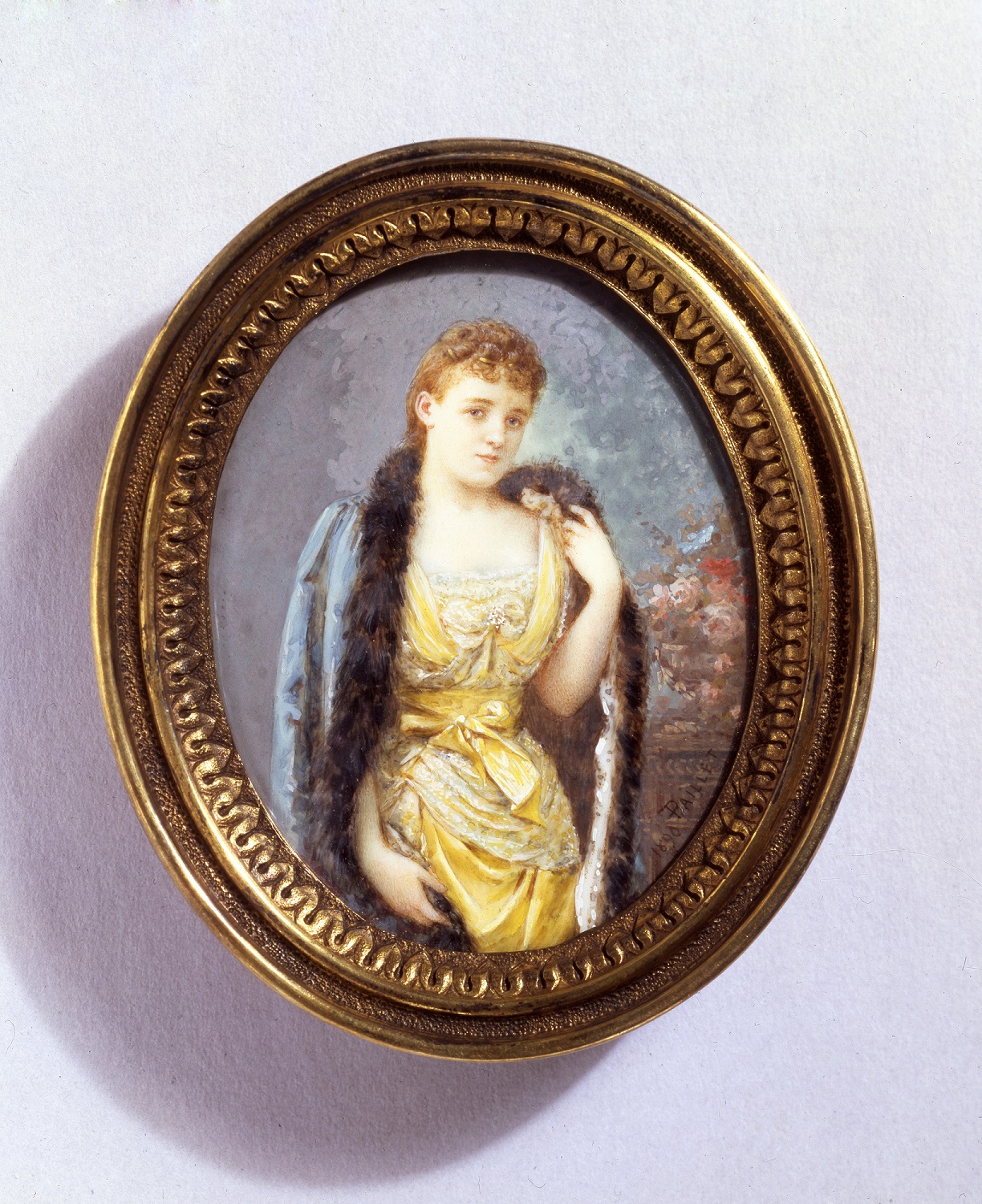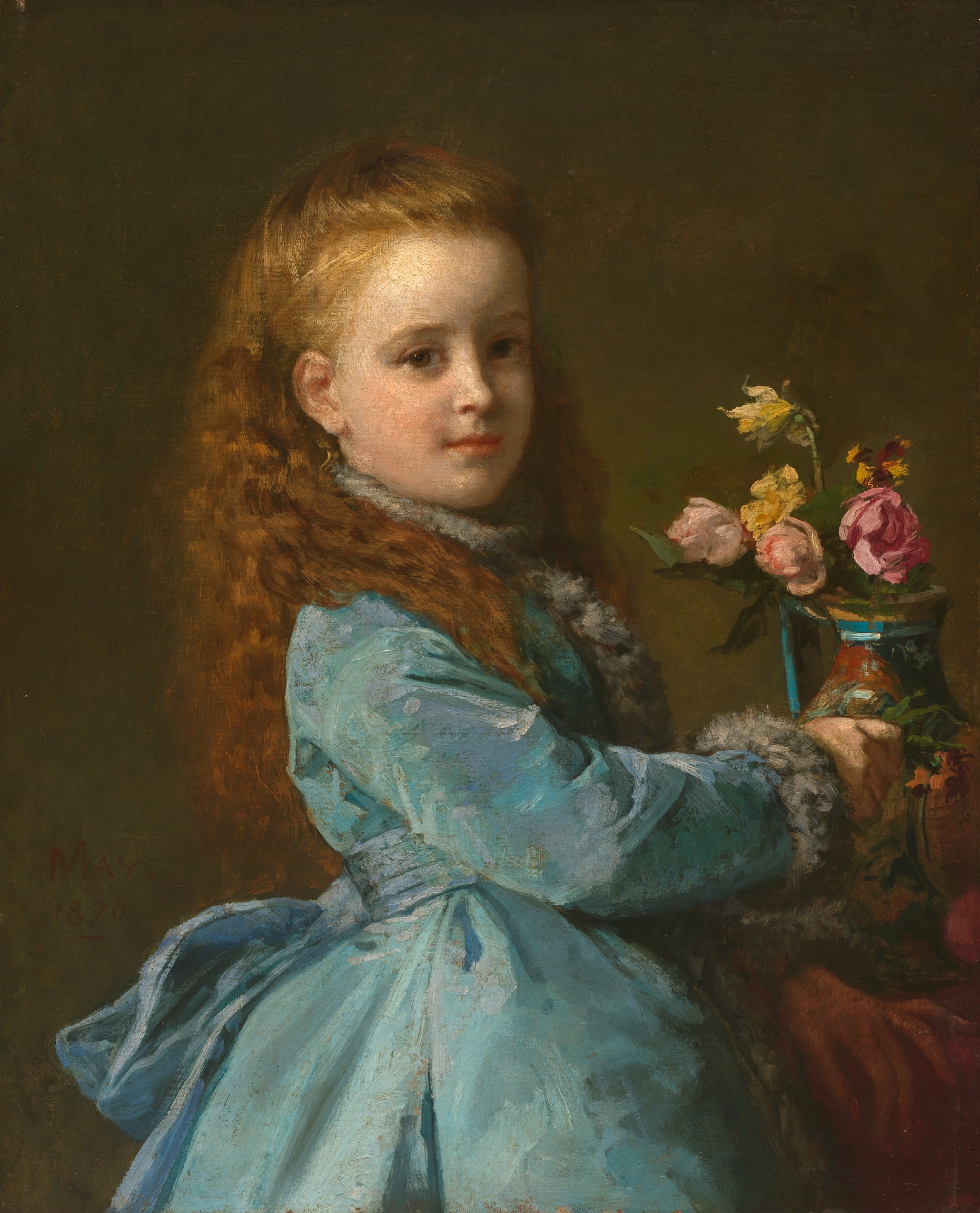Edith Newbold Jones was born on January 24, 1862, in New York City. Her father, George, earned his income from real estate. Her mother, Lucretia, was born into the Rhinelander family, one of New York’s oldest and most well-known families. Edith had two older brothers.
Industrialization significantly changed New York society. Edith’s family was part of New York City’s high society because they had been in New York for over two centuries. However, they were not wealthy in comparison to most other members of the Gilded Age elite. Old families like Edith’s were surpassed in wealth by families who made their money from new business opportunities. These families were often known as “new money” and included extremely wealthy families like the Vanderbilts. Still, Edith’s mother insisted on raising her daughter as a proper society lady.
During the Civil War, Edith’s parents moved the family to Europe. Edith spent most of her childhood in France, Germany, and Italy. It was during this time that she fell in love with European culture and telling and writing stories.
The Jones family returned to New York in 1872, when Edith was ten years old. Edith’s governess, Anna Catherine Bahlmann, further inspired her literary career. Anna recognized Edith’s talents as a writer and expanded her curriculum to include more literature and time to write. Edith spent most of her days reading her way through her father’s library. When she was 16, she published her first work, a collection of poems titled Verses.
Edith made her society debut when she was 17 years old. In upper-class circles, this ritual meant that she officially entered adulthood and was part of society. It also meant she was expected to spend much of her time socializing and meeting eligible men whom she could marry. Because Edith was not considered beautiful by society’s standards and her family did not have a lot of money, many of her peers did not see her as a desirable future wife. Edith did not write often during these years, but she closely observed the social rituals of the elite. In later years, she incorporated these observations into her literary works.
Edith’s father died when she was 20 years old. She was very close to him because he shared her love of reading and European culture. Edith experienced more heartbreak when she became engaged and her fiancé ended their engagement. This was followed by another romantic relationship that ended without a proposal.
Eventually, Edith married Edward Robbins Wharton, who went by Teddy. She was 23 years old, and he was 35. Teddy was a friend of her brother’s, and he and Edith had met in Maine two years earlier. Teddy’s family was wealthy, which meant that he did not have to work, and he spent most of his time traveling and attending parties.
Edith and Teddy split their time between their homes in New York City and Newport, Rhode Island. The wealthiest New York families built mansions in Newport and spent their summers there. Because of Edith’s love for Europe, she and Teddy traveled abroad as often as they could.
Edith’s main responsibility as a society wife was running the household. She spent a large portion of time on interior design. In 1897, she co-authored her first book, The Decoration of Houses, with the architect Ogden Codman.
“I am an incorrigible life-lover & life-wonderer & adventurer.”
Edith’s mother died in 1901 and left her an inheritance. The Whartons built a large home in Lenox, Massachusetts, which became their primary residence. The money also allowed them to visit Europe more often.
Edith’s mother’s death also gave her some freedom from society’s expectations. Her mother was always critical of Edith’s desire to become a writer and believed that it was not proper for a woman to work. After her mother died, Edith published her first novel. She was 40 years old.
Edith wrote the majority of her literary works in the decade she lived in Lenox. The House of Mirth was published in 1905, and Ethan Frome in 1911. She also wrote many short stories and magazine articles. Until this time, the Whartons lived off Edith’s inheritance. As Edith became more well-known as a writer, her earnings soon became their main source of income.
Edith focused her writing on the lives of New York’s wealthiest residents, a group with which she was all too familiar. Edith was often critical of this world. For example, her book The House of Mirth tells the story of a 29-year-old woman, whose lack of marriage prospects leads to her banishment from society and a lonely existence. This embarrassed Edith’s social circle and they soon distanced themselves from her.
The marriage between Edith and Teddy was not a happy one. Teddy could not match Edith intellectually. And, at the time, Edith would have felt pressure to become a mother and continue the family line. However, Edith and Teddy rarely slept in the same bed and never had children. She struggled with depression throughout her marriage. Teddy also suffered from health problems, both physically and mentally. By 1902, he showed significant signs of mental illness, which put further strains on their marriage.
Edith had an affair in 1907 with Morton Fullerton, who was a journalist. It was a short and unhappy relationship. In 1911, Teddy admitted to Edith that he had been unfaithful too and he had spent most of her money. The couple grew further apart.
Edith moved to Paris in 1913 and filed for divorce. She sold her home in Massachusetts and left her old life behind. She lived in France for the rest of her life.
A year after her move to Paris, World War I broke out. As a wealthy woman, she could have returned to the United States. Edith decided to stay in Paris and use her money for charity, building homes and schools for refugees from Belgium. She was one of the few journalists allowed to visit the front lines and wrote about the realities of war. France awarded her the Legion of Honor, one of the country’s highest awards, in 1916.
World War I ended in 1918, and Edith left Paris for the French countryside. There, she wrote The Age of Innocence, which was published in 1920. Set in 1870s New York City, it was a critique of the traditions and expectations of Gilded Age high society. The book describes an upcoming marriage between two members of high society, Archer and May. May’s cousin Ellen returns from Europe after separating from her husband, despite the fact that divorce was considered scandalous. It leads to trouble between the two soon-to-be spouses. Archer is intrigued by Ellen yet bound by duty to marry May. Edith won the Pulitzer Prize for the novel in 1921. She was the first woman ever to win this award.
Edith Wharton died on August 11, 1937, at her home in France.
Vocabulary
- debut: Official entrance into society.
- Gilded Age: Era of rapid economic growth in the United States, from the 1870s to 1900.
- governess: A teacher who lives with a family and instructs their children.
- high society: Rich and important people.
- Pulitzer Prize: A major award for achievement in writing.
Discussion Questions
- What challenges did Edith Wharton face growing up in New York society?
- How did Edith Wharton’s upbringing influence her work as a writer?
- What does her literary work say about views of the upper class during the Gilded Age?
Suggested Activities
- Consider how artists used their work as social commentary. Read this life story alongside paintings by Mary Cassatt, and the life stories of Edmonia Lewis, Queen Lili’uokalani, and María Ruiz de Burton.
- Read this life story and the life stories of Florence Merriam Bailey, Josephine St. Pierre Ruffin, and Emily Warren Roebling. All three women were born into wealth. How did their backgrounds influence their careers?
- Combine Edith Wharton’s life story with one of her short stories set in New York. How did her experience in New York society influence that story?
- Connect this life story with photographs of the Vanderbilt costume ball in a broader lesson about the extreme wealth and excess of the Gilded Age in New York and New England.
Themes
AMERICAN CULTURE








